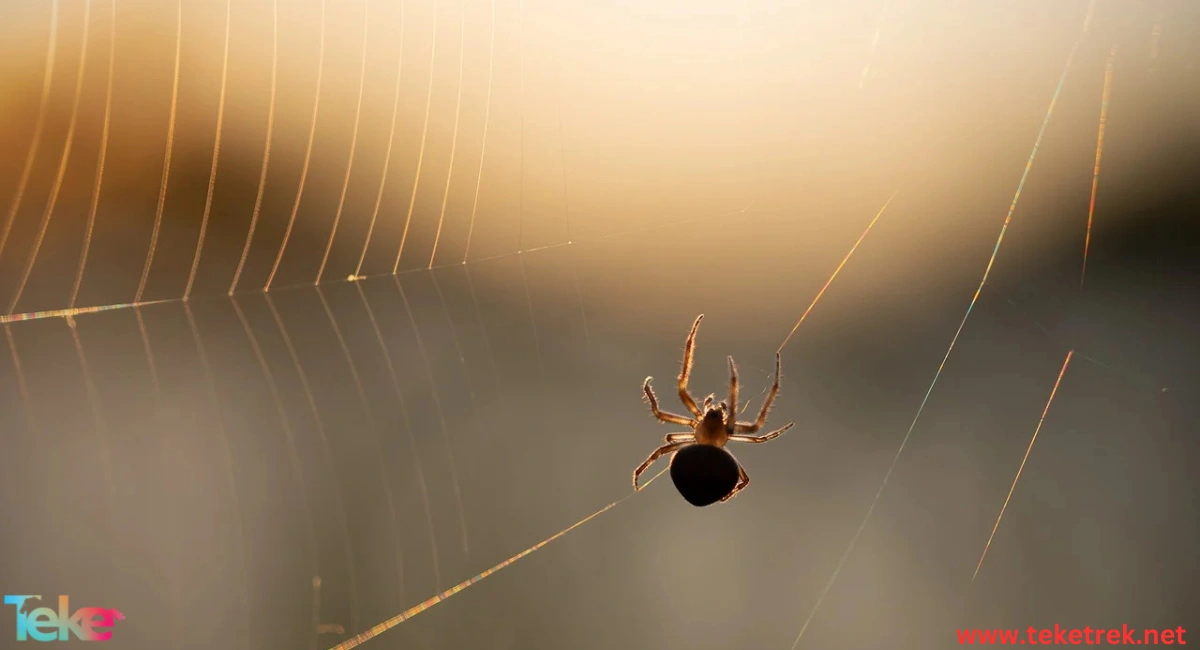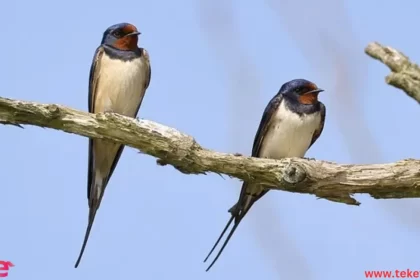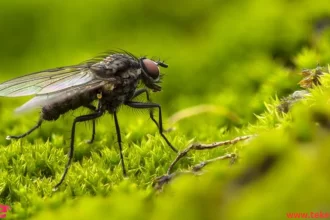This type of spiders is considered a suborder of the order Araneae, belonging to the class Arachnida, subclass Mesothelae, order Araneae, and family Mesothelae.
Let’s learn more about it from teketrek.
Facts about the Segmented Spiders
They are scientifically known as Mesothelae.
It is believed that this suborder represents the sister group to all other living spiders, retaining ancestral traits such as a segmented abdomen with spinnerets located in the middle.
The oldest segmented spiders date back to China, Japan, and Southeast Asia in the Carboniferous era over 300 million years ago.
Unlike all other creatures, segmented spiders do not have web lines in front of the entrances to their burrows, making them more difficult to find.
Some segmented spiders can glide or fly with out wings, but through the air using silk threads that catch the wind and carry the spider with it, allowing them to travel long distances and colonize new habitats.
They are usually found in tropical regions.
Segmented spiders can jump up to 50 times their body length, making them incredible jumpers.
They have incredibly strong vision senses, with some having divided front eyes for detecting movement and long-distance vision.
Segmented spiders do not have teeth; instead, they use their fangs to inject venom into their prey.
They use the hairs on their bodies to sense their surroundings and feel objects around them.
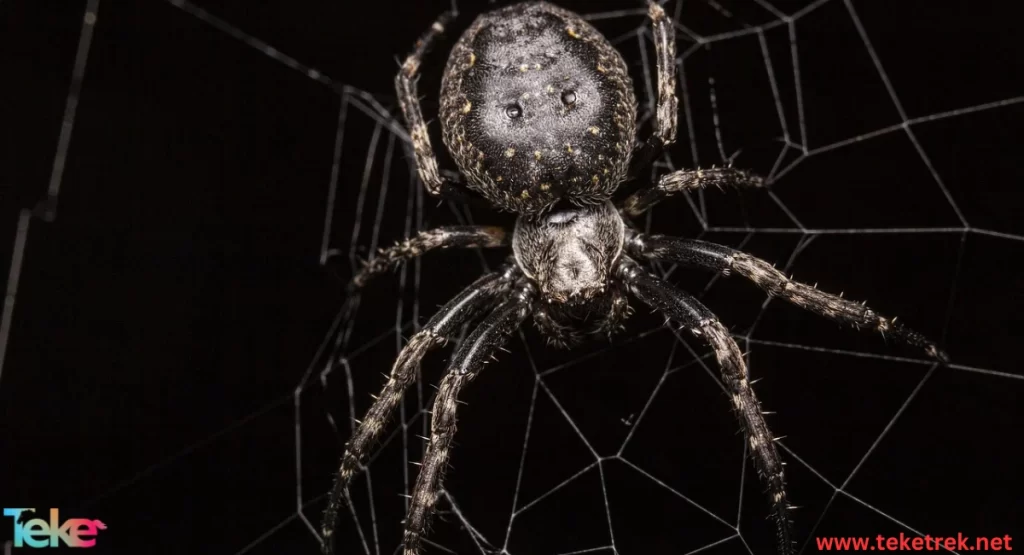
What are the characteristics of the Liphistiidae
The claw: Segmented spiders have claw tufts adjacent to the axis and pairs of median glands on the legs.
The eyes: They possess eight eyes clustered on tubercles.
The color: The colors of segmented spiders range from light brown to black to vibrant colors.
The body: These spiders have two main body parts, the cephalothorax and abdomen. They are invertebrates, so they do not have a backbone.
Exoskeleton: Segmented spiders have an exoskeleton, meaning their skeletal structure is external.
The lungs, spinnerets: Additionally, segmented spiders have pairs of lungs and seven or eight spinnerets near the middle of the abdomen, with multi-part lateral spinnerets.
The waist, plates: Modern segmented spiders have a narrow waist on the sides of the abdomen, plates on the dorsal side, and median spinneret positions on the ventral side of the exoskeleton.
Habitats of Segmented Spiders
Segmented spiders are found in Myanmar, Thailand, the Malay Peninsula, Sumatra, Vietnam, eastern provinces of China, and southern Japan.
Moreover, segmented spiders prefer dark and quiet places like crevices, under rocks, tree trunks, soil, and burrows.
They are usually found near their food sources such as insects, other animals, and nectar-producing plants.
Segmented Spiders’ Diet
Segmented spiders primarily feed on insects. Some larger segmented spiders also consume worms, beetles, and even small vertebrates such as frogs.
Segmented spiders use a variety of strategies to capture their prey, ranging from trapping them in sticky webs to chasing and ambushing them.
They cannot bite or chew because their guts are too narrow to handle solid food.
They must digest their food outside their bodies and then ingest the liquid.
Additionally, female segmented spiders often eat male spiders.
Spider venoms are a mixture of various chemicals, with some being neurotoxins that paralyze the prey by attacking its nervous system.
Afterward, segmented spiders inject digestive enzymes into the prey to liquefy it, and then feed on the liquid.
Other toxins are cytotoxins that break down tissues to make it easier for the spider to consume the meal.
Fascinating Facts About the Arctic Hare: Survival in the Frozen Wild
Reproduction Stages of Segmented Spiders
After mating, female segmented spiders lay eggs, with some species having up to 3000 eggs, and females weave silken egg sacs to protect them.
Female segmented spiders of many species also care for their young and carry the egg sacs.
In many cases, both the male and female spiders are consumed after mating by the offspring, which are tiny spiders but resemble adults.
Segmented spiders must molt to grow because their exoskeletons do not expand.
Sometimes males mate with recently molted female segmented spiders, which are weaker and not a threat, so they get consumed.
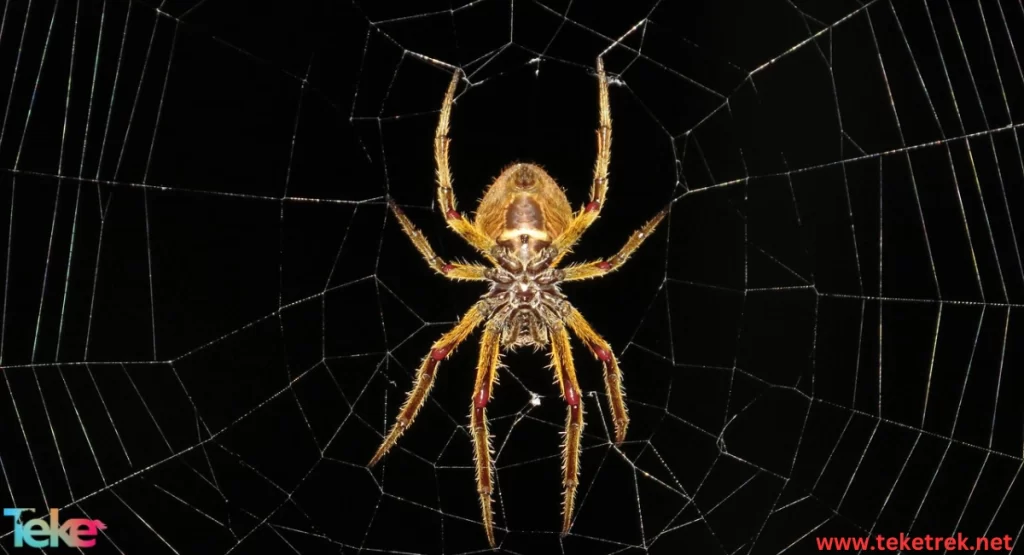
FAQs about segmented spiders
- How long do segmented spiders live?
Most segmented spiders live only for one to two years due to various predators alongside female segmented spiders. - What animals feed on segmented spiders?
Segmented spiders also serve as a food source for many small mammals, birds, and fish. -
What is the difference between Opisthothelae and Mesothelae?
The main differences between Mesothelae and Opisthothelae are: Mesothelae have a segmented abdomen with tergite plates, while Opisthothelae have fused abdominal segments and lack tergite plates. Additionally, Opisthothelae show an almost total absence of abdominal ganglia.
- What are the different types of Mesothelae?
Mesothelae, a suborder of spiders, currently include two extant families recognized by the World Spider Catalog as of April 2024: Liphistiidae and Heptathelidae. Heptathelidae may also be classified as a subfamily within the Liphistiidae.
- Are Mesothelae venomous?
It was previously thought that Mesothelae lacked venom glands and ducts, but more recent studies have shown that at least some, if not all, Mesothelae possess both glands and ducts. All Mesothelae have eight spinnerets arranged in four pairs.
- How big was the Mesothelae spider?
The Mesothelae we’re talking about may only reach lengths of 1 to 3 cm (0.4 to 1.2 in) but they have this amazing talent that very few creatures are capable of these days. They exist. Turns out the giant, prehistoric spider was actually a giant, prehistoric sea scorpion.
In conclusion, it is important to note that segmented spiders play a vital role on Earth by consuming many harmful insects, helping keep gardens free from pests.
They also aid in pollinating plants and recycling dead animals and plants back into the soil.

